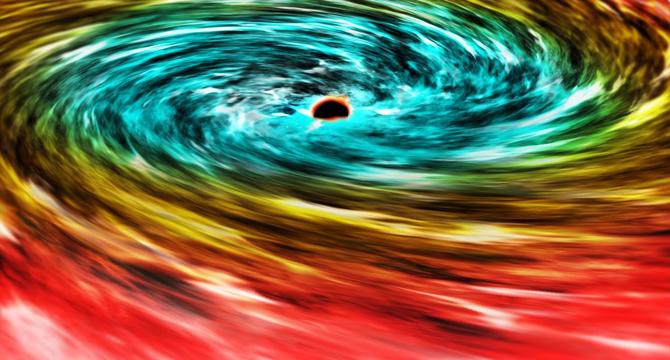Livescience
2w
211

Image Credit: Livescience
Controversial black hole radiation first described by Stephen Hawking may have changed the shape of the universe, study hints
- A recent study suggests that Hawking radiation, a theoretical phenomenon proposed by Stephen Hawking, may have significantly influenced the universe's early structure.
- Primordial black holes emitting intense Hawking radiation shortly after the Big Bang could have left detectable imprints on the cosmos.
- Hawking's work merged general relativity and quantum mechanics, highlighting that smaller primordial black holes could have emitted radiation affecting cosmic structures.
- The study explored how Hawking relics from primordial black holes could influence cosmic radiation budget and matter distribution.
- Researchers analyzed the impact of Hawking relics on cosmic structure and concluded that they are not a good match for dark matter.
- While Hawking relics haven't been directly observed, researchers believe future instruments could detect them, validating the existence of Hawking radiation and primordial black holes.
- Discovering Hawking relics could provide insights into the early universe, particle physics beyond the Standard Model, and observational evidence for Hawking radiation.
- The study's findings open up new possibilities for understanding the universe’s infancy through the study of primordial black holes and potential remnants.
- Hawking radiation's theoretical contributions offer a captivating avenue for research into the universe's formation and the interaction between cosmology and particle physics.
Read Full Article
12 Likes
For uninterrupted reading, download the app